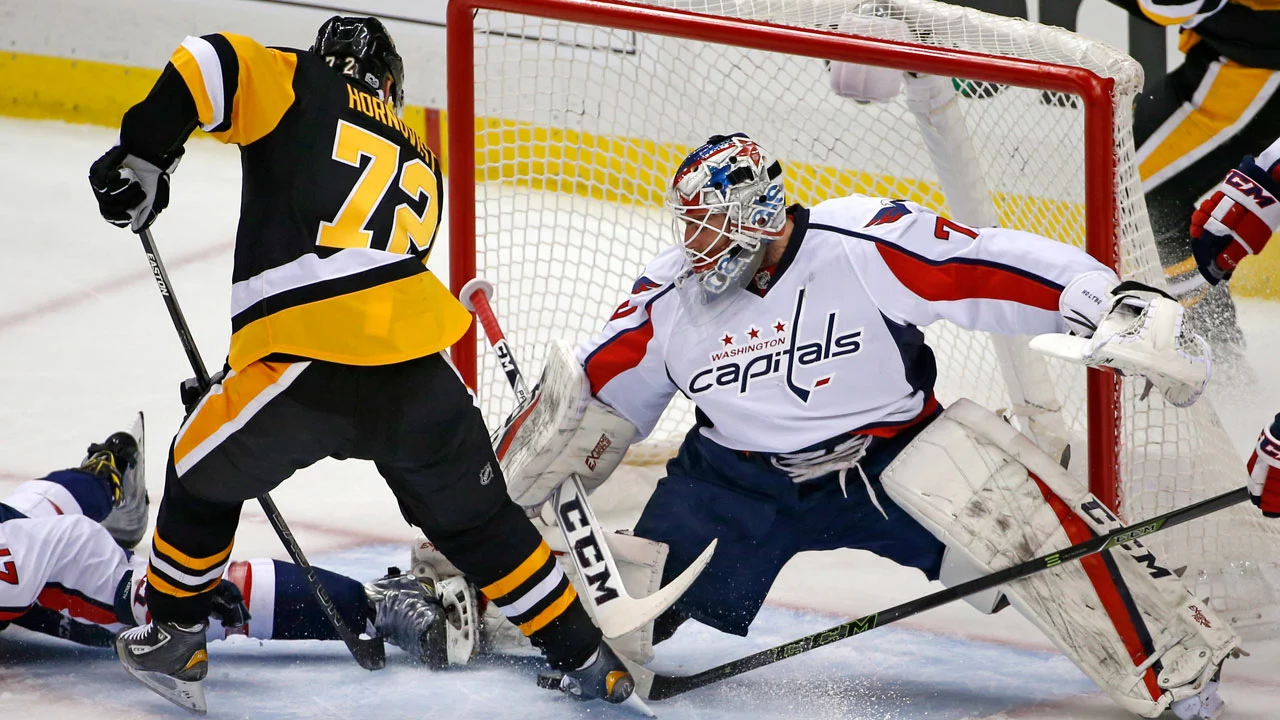Hockey Rules: The Basics Every Fan Should Know
Whether you’re watching from the couch or stepping onto the rink, understanding the rules makes the game a lot more fun. Hockey can look chaotic, but there’s a clear structure underneath the fast‑paced action. Below we break down the key points for both ice and field hockey, so you never miss a call.
Ice Hockey – Core Rules and Game Flow
The game is played in three 20‑minute periods. If the score is tied after the third, most leagues add a short overtime and, if needed, a shootout. Each team has six players on the ice – five skaters and a goalie – and they rotate through line changes constantly to keep energy high.
Referees are the authority on the ice. In professional ice hockey you’ll see four officials: two referees who call penalties and two linesmen who handle offsides and icing. The officials watch for things like high‑sticking, tripping, and boarding. When a player breaks a rule, they get a penalty that usually sends them to the penalty box for two minutes. Accumulating too many penalties can lead to a player’s ejection from the game.
Speaking of ejections, a player can be thrown out for serious offenses. Punching an opponent, using the stick to cause injury, or racking up multiple penalties in a short span are common reasons. Once a player is ejected, they must leave the rink and cannot return for the rest of the match.
Fighting is another hot topic. Official rules don’t allow fists, but fights are tolerated to a degree. Referees will let a scuffle play out until it’s clear who’s in control, then hand out penalties or suspensions if it gets too violent. This unofficial “policing” helps protect teammates and maintains a certain rough‑and‑tumble culture.
Field Hockey – How It Differs
Field hockey is played in two 35‑minute halves with a 10‑minute break in between. Each side fields eleven players, including the goalkeeper. The ball is moved with a curved stick, and the game relies heavily on skillful dribbling and passing.
There are usually two referees on a field hockey match. They move around the perimeter, signaling fouls and keeping play flowing. Unlike ice hockey, field hockey penalties are often free‑hits or penalty corners rather than time‑served suspensions.
One rule that confuses newcomers is the “self‑pass” after a free‑hit. Players can take a quick pass to themselves, but they must do it within a few seconds, else the opposition gets a free‑hit. Another key point is the “safety zone” around the goalkeeper – only the keeper can use their hands inside that area.
Even though the games look different, some concepts overlap. Both sports freeze their equipment to improve performance: ice hockey pucks are frozen before a game to reduce bounce and keep them solid, while field hockey sticks are often checked for cracks before play.
Understanding these rules helps you predict what’s coming next, whether it’s a power‑play, a penalty corner, or a potential showdown between players. Next time you watch a match, keep an eye on the officials’ signals – they’re the ones keeping the game fair and exciting.
Got a rule that still puzzles you? Drop a comment and we’ll break it down. Knowledge makes every slapshot and goal even sweeter.
How do points work in NHL?
In the NHL, teams accumulate points to determine their standings during a season. Each team earns two points for a win, whether it's in regulation time, overtime, or a shootout. If they lose in overtime or a shootout, they still get one point. However, if they lose in regulation time, they get no points. These points help determine playoff eligibility and seeding.
View More